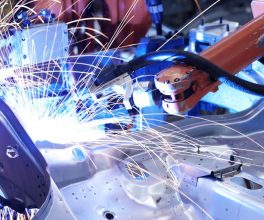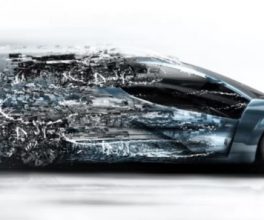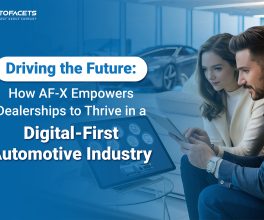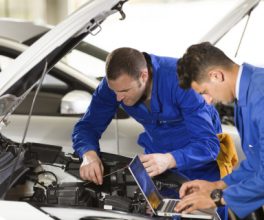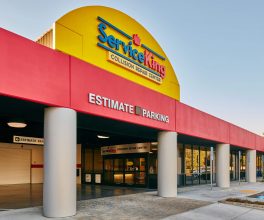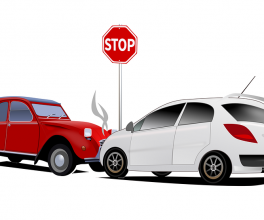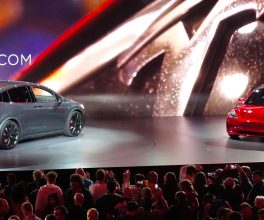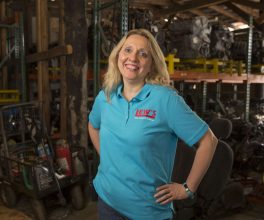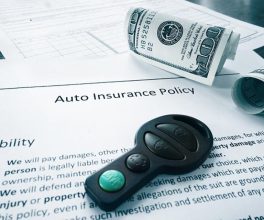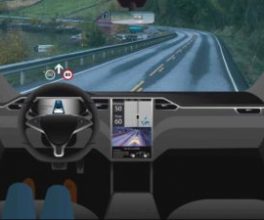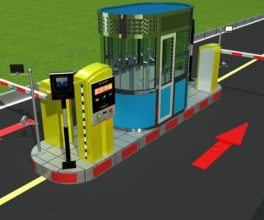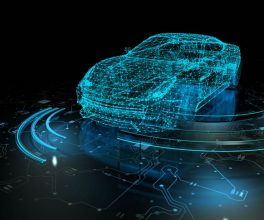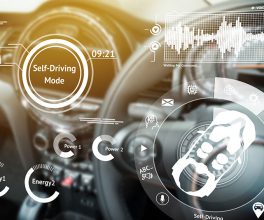Mike Anderson of Collision Advice will speak at the CCIF Cars & Technology Showcase on ‘Virtual Steering’ and the increased demands on collision repair facilities to use OE procedures.
By Jeff Sanford
Toronto, Ontario — January 14, 2016 — The biggest event in the history of the Canadian collision repair industry draws near. The CCIF Toronto Cars & Technology Showcase takes place January 28 and 29 in Vaughan, north of Toronto. If you haven’t got a ticket yet, you could be out of luck.

The slate of speakers is impressive. One of those on tap is Mike Anderson, consultant with Collision Advice. He recently chatted with Collision Repair magazine about his presentation. As someone familiar with the real shop floor, he understands the upfront issues.
He says one of the big trends coming soon will be “Virtual Steering,” the idea that cars are going to be connected to the Internet. OEs will be able to respond to accidents in immediately, and cars may be directed to certified shops at that point. OEs will be capable of asserting a new level of interest and influence if they take on responsibility for responding to crashes and accidents. Who’s on the list, and who is not, will be key.
“Virtual steering is coming sooner than we think. The vehicle will notify the OE about an accident. They’re going to be directing the car to a certified shop. If you’re on the list, you’ll get the work, if not, you don’t,” says Anderson.
At the same time accident response is changing, so too is the complexity of vehicles. This is another key point Anderson will be speaking on. Today there are all kinds of sensors in cars. The lights on a dashboard no longer cover all the “incidents” occurring.
“Shops need to understand that it’s more important to research OE procedures to fix cars properly. Research the OE standard. The new Toyota Tundra has 14 pages that you have to go through to complete a repair. You don’t know what you don’t know. You have to research this stuff,” Anderson says. “You have to scan every vehicle, pre- and post-repair.”
These are the new and complex realities of the industry. Not doing your due diligence can lead to disaster. Anderson tells a story about a Toyota Camry that arrived in a shop. It needed a new bumper and new grill. During the reconstruction, a grey emblem rather than a clear one was put on the front. That tiny oversight negatively impacted the cruise control. The modern collision repair facility cannot survive that kind of negative client experience. Repair techs need to be aware of the new realities.
As Anderson says, “You need to do a pre- and a post check. You need to find out what you’re missing. There are codes that need to be reset that don’t show up as warning lights on the dash. You need to know those.”
Oh, and don’t forget–something collision repair shop owners need to keep in mind: “This is going to present liability and legal issues for OEs. If they direct the car to a shop, if they say, take ‘that one here,’ they take on some liability,” says Anderson. “They’re going to be making sure approved shops can do the work. But that brings with it legal issues.”
Could the future be one in which the OE responds to an accident faster than local EMS? It seems the technology as it exists could allow this to happen. The complexity of the average vehicle is exploding, and appropriate shop procedure and policy needs to be implemented. This is just one of the messages Anderson will be delivering at the CCIF Cars & Technology Showcase.
“I’m looking forward to this,” says Anderson. “Whenever I speak, I work toward to an outcome. I want people to get something out of this.
For more information or to register for CCIF, please visit ccif.ca.
Courtesy of CollisionRepairmag.com

